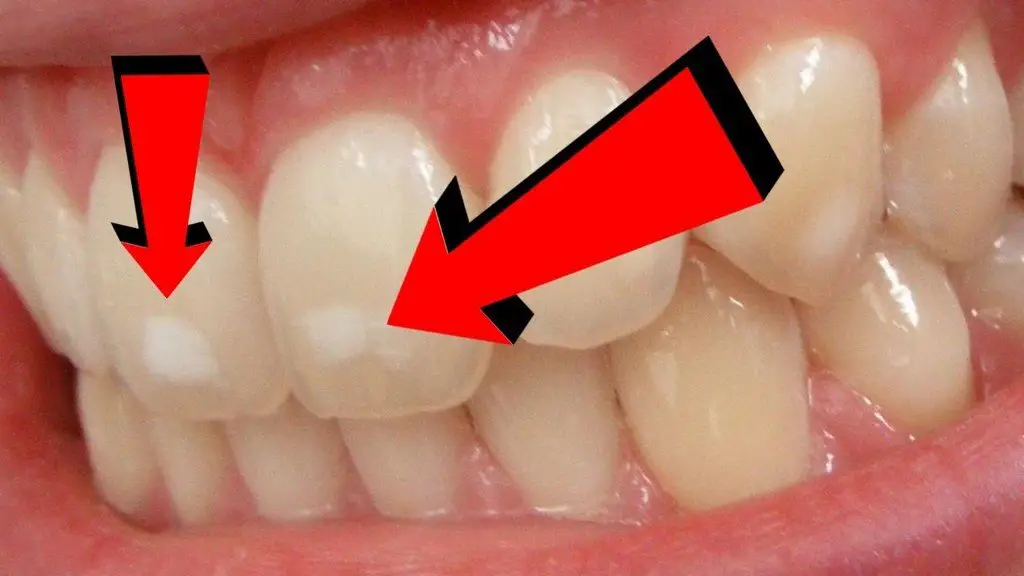White spots on teeth can look quite unappealing. While they don’t often indicate bad health, they can affect a person’s self-confidence. If you’re looking for causes of white spots, plus how to get rid of them, we’ll be covering it all in this video.
So, what causes white spots on teeth? There are several factors that may be to blame, including:
1. Dental fluorosis
People usually get dental fluorosis when they’re young, and it’s caused by consuming too much fluoride as a child. It’s normally a harmless condition that only tends to develop before the teeth break through the gums.
2. Enamel hypoplasia
Enamel hypoplasia occurs when a person’s tooth enamel doesn’t form properly. Like fluorosis, hypoplasia only occurs during childhood when a person’s teeth are still developing.
This one can increase the risk of tooth decay, so it’s important to talk to your dentist about treatment if you think you might have it.
3. Poor dental hygiene
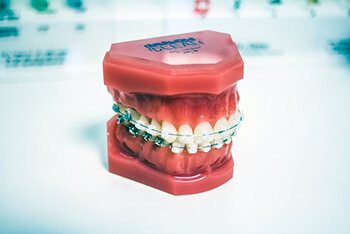
Not brushing your teeth properly can lead to the formation of white spots. This is especially an issue when someone is wearing braces, which make it more difficult to reach all areas of the teeth with toothpaste.
4. Eating too many acidic or sugary foods
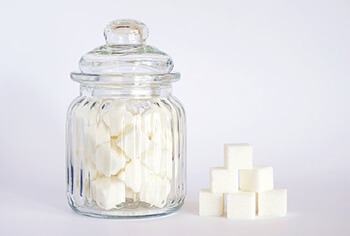
Eating too many acidic foods can cause white spots on your teeth because highly acidic foods have the ability to eat away at your tooth enamel, which usually protects your teeth from damage. A diet high in sugar also causes the formation of acidic plaque, which can erode enamel.
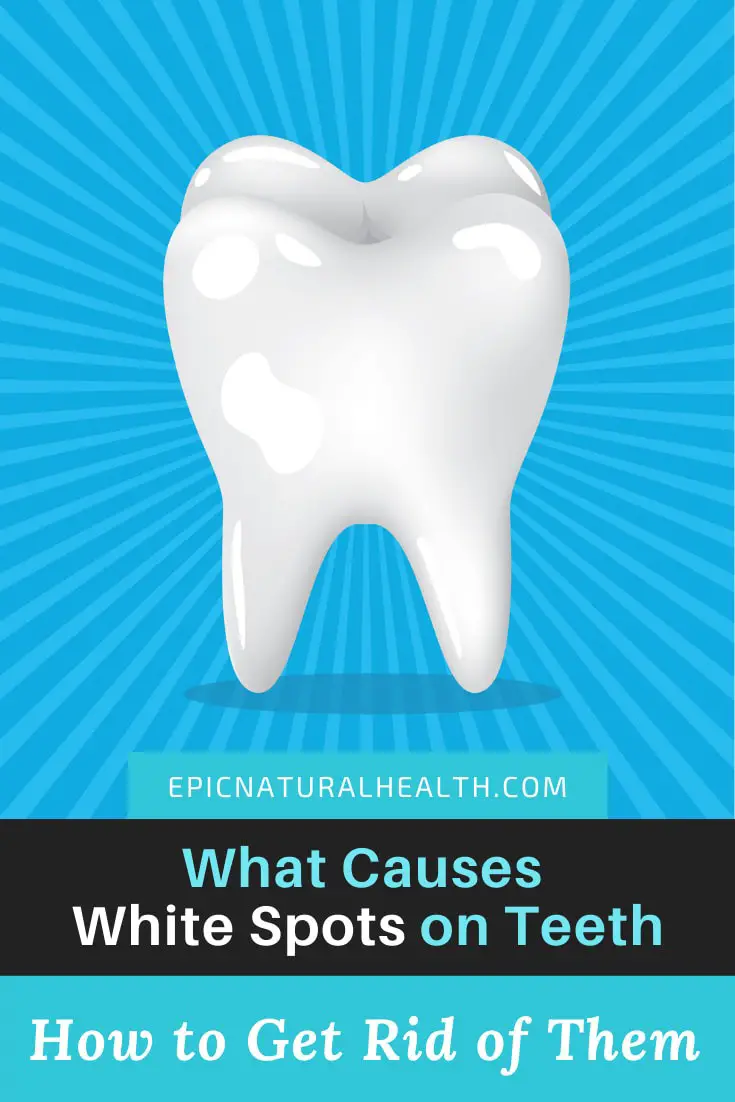
How to get rid of white spots
Luckily, it’s possible to get rid of white spots, and you don’t need to seek professional treatment, either. Here are some of the most effective at-home changes and DIY remedies to try for reducing your white spots today.
1. Using fluoride-free water
For preventing white spots in children, encouraging your child to drink only fluoride-free water should help to prevent excess build-up of fluoride in their teeth. Fluoride is generally found in most tap water, but not in bottled water or filtered water.
2. Brushing with hydrogen peroxide
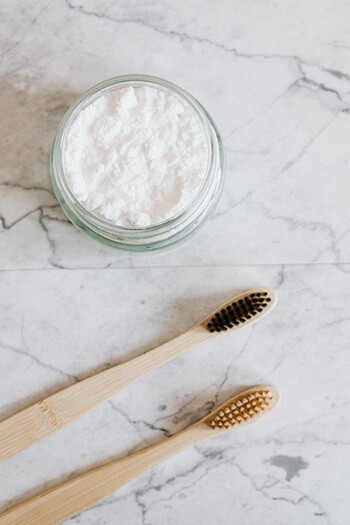
Hydrogen peroxide has bleaching properties and is great for giving your teeth an overall brightness, helping to create a more even colour over the whole tooth. Just mix hydrogen peroxide with some baking powder to form a paste.
Take your wet toothbrush, dip it in the mixture, then, brush your teeth for two minutes. Use clean water to rinse your mouth and repeat the procedure as needed.
3. Practicing oil pulling
Research has found that coconut oil contains lauric acid, which helps remove potential plaque and gets rid of white spots. To oil pull with coconut oil, take two tablespoons of coconut oil and swish it around your mouth for about up to 10 minutes. Then spit out the oil and wash your mouth out with warm water.
4. Brushing with vinegar
Vinegar contains acidic properties that are useful in lifting white spots from teeth. Make your own vinegar paste by mixing equal amounts of vinegar and baking soda. Apply the paste to your toothbrush and brush your teeth for 2 minutes, then rinse your mouth out with water. Do this weekly for the best results.
5. Rubbing with lemons
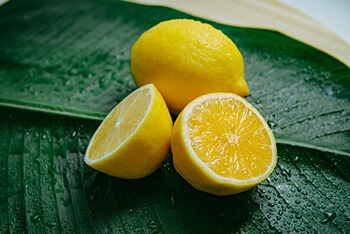
Due to their citric acid content, lemons are a great ingredient for getting rid of white spots from teeth, as well as nourishing your gums, and helping you to keep your breath fresh. Just add a pinch of salt to several tablespoons of lemon juice, then rub the mixture into your teeth for 2 minutes. Rinse your mouth out with water and repeat on a daily basis.
6. Reducing sugary and acidic foods and drinks
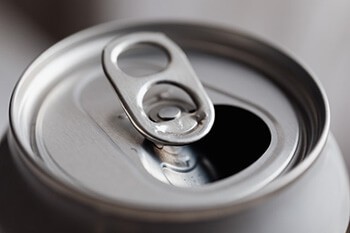
While changing your diet won’t help you get rid of white spots, it will stop you from developing them in the future. Certain fizzy drinks are particularly bad for your teeth, so switch to diet alternatives or cut down completely if you can. Citrus juices, sugary sweets, and chocolate can also cause tooth decay, so limit your intake to keep your teeth healthy and spot-free.
7. Seeing a dentist
If you’re concerned about the health of your teeth, the best thing to do is visit your dentist. Keep in mind, though, that although white spots on your teeth might not look so nice, they aren’t usually a cause for concern. Still, it’s worth checking that you don’t have enamel hypoplasia, which could put you at increased risk of tooth damage and decay.
If you notice that the white spots on your teeth are changing in size or number, or you’re starting to have tooth pain, you should prioritize seeing your dentist as soon as possible.

Conclusion
White spots on your teeth are rarely a cause for concern, but you can easily treat them for cosmetic purposes if you wish. These natural methods of getting rid of your white spots are low-cost – and, in fact, you probably have the ingredients you need in your cupboard.
Just make sure to visit your dentist if you think there might be something else going on with your oral health that needs to be examined.

